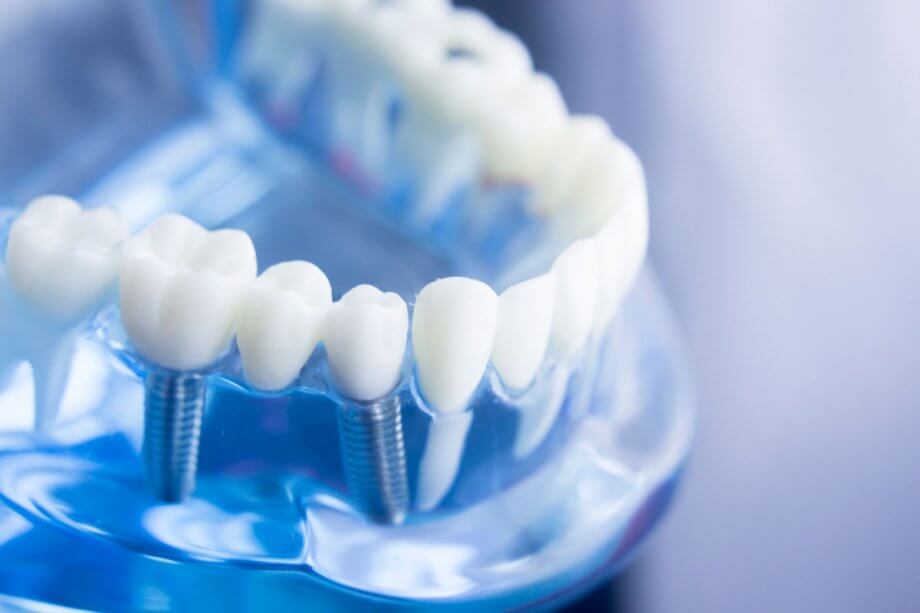Do you have a tooth or multiple teeth that need to be replaced? Dental implants are considered to be the best option for tooth replacement, often referred to as the “gold standard” of artificial teeth. Why is that?
Dental implants are surgically placed in the jaw bone for a solid hold that rivals the bite strength of a natural tooth. Implants also look very natural and prevent bone loss in the jaw that can occur after the loss of a tooth. Dental implants and bone loss are closely related, as implants require healthy bone structure to be successful and, in turn, help to preserve bone strength.
Correcting Bone Loss to Receive a Dental Implant
For an implant to be successful, there must be sufficient bone density in the jaw to support it. A dental implant consists of an artificial tooth root that is surgically placed in the jaw bone with an artificial, but natural-looking, tooth on top. The artificial tooth root looks essentially like a metal screw that bores into the jaw bone. The bone fuses with the implant forming a solid, secure bond.
In some cases when a tooth or multiple teeth have been missing for a long period of time, there is significant bone loss in the jaw. Without the presence of a tooth, the bone resorbs (dissolves) and becomes weak and thin. If there is not enough solid bone available, a bone graft procedure will need to be performed before the implant can be placed.
A bone graft procedure involves surgically placing an artificial bone or sterilized piece of animal bone under the gums on top of the existing jaw bone. This helps to strengthen and thicken the jaw bone and even helps to regenerate growth in the natural bone. The bone graft usually needs to be placed a few weeks or even months before the dental implant to allow plenty of time for the bone graft to fuse with the natural bone and help it to grow.
How Dental Implants Prevent Bone Loss
If you have a tooth that is severely decayed or has just recently come out, replacing it with a dental implant will prevent bone loss from occurring. The presence of the implant root in the jaw keeps the bone strong and healthy.
This is one of the biggest advantages to dental implants over bridges or removable dentures. A bridge is an artificial tooth or row of teeth that is suspended between two natural teeth with crowns. Bridges sit on top of the gums with no roots to sustain the jaw bone, allowing it to weaken.
Removable dentures attach to the gums via suction and adhesives, which can also lead to bone loss in the jaw. Implant supported dentures do a better job of preserving bone tissue as the few implants that are used as the anchors will help keep the jaw strong.
How Bone Loss Impacts Healthy Teeth
Another problem with bone loss in the jaw is that it threatens the security of the neighboring healthy teeth. Teeth on either side of the missing tooth may become loose as the bone weakens, making them more susceptible to decay, allow them to shift out of alignment, and eventually lead to the loss of those teeth.
Learn More About the Benefits of Dental Implants at Rio Grande Oral Surgery
If you are interested in getting dental implants or if you want to learn more about the benefits and importance of dental implants, Rio Grande Oral Surgery can help. A leading oral surgeon in Albuquerque and the surrounding area, Dr. Steel has extensive experience placing dental implants and helping patients preserve their oral health.
Call 505-821-2111 today or request an appointment. We look forward to helping restore and maintain your oral health.

